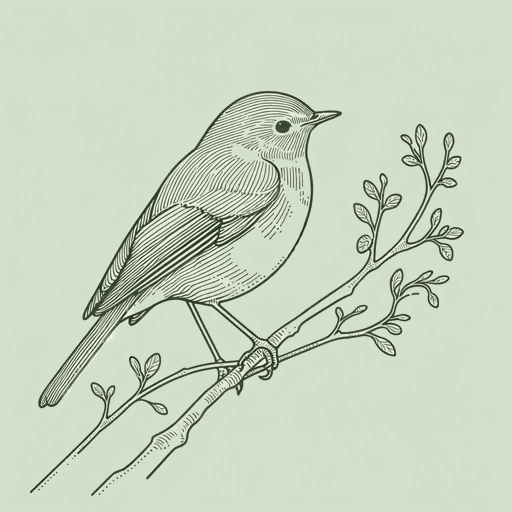47 pages • 1 hour read
Jenny OdellHow to Do Nothing: Resisting the Attention Economy
Nonfiction | Book | Adult | Published in 2019A modern alternative to SparkNotes and CliffsNotes, SuperSummary offers high-quality Study Guides with detailed chapter summaries and analysis of major themes, characters, and more.
Summary and Study Guide
Overview
How to Do Nothing: Resisting the Attention Economy is a 2019 nonfiction book by Jenny Odell. The author holds a bachelor’s degree in English literature from the University of California, Berkeley, and an MFA in design and technology from the San Francisco Art Institute. The book was named among the year’s best books by a number of publications and organizations, including the New Yorker, GQ, Time, and the New York Public Library. It was also listed by former President Barack Obama as one of his favorite books of 2019. This guide was written from the hardcover first edition.
Plot Summary
The Introduction presents the issue at hand: the damage the attention economy does to us and how we can disengage from it. Odell writes that the latter is a dual process of both rejecting the attention economy and redirecting our attention to our local communities. She is not advocating merely dropping out and isolating ourselves. Chapter 1 focuses on the value of disengaging from the hamster wheel that is the attention economy. It’s humanizing to not feel like you have to be “productive” every hour of the day, and it’s personally enriching to create space for ourselves to think and discover hidden talents, true desires, etc. For environmentalist John Muir, such an experience led him to quit a life of factory work for environmental activism. The author found respite in a local garden, where her interest in bird-watching deepened and her ability to notice her surroundings was heightened.
In Chapter 2, Odell examines the impulse to reject society entirely and isolate oneself. There have always been people who sought to do this, from ancient Greece to the commune movement of the 1960s. The trouble with this search for a kind of utopia is that it results in a lack of agency, with someone else too often making the rules for others. Odell maintains that we ought to remain in society even if we reject parts of it and seek to make our own space. This is just what she discusses in the next chapter, with examples from Melville’s story “Bartleby, the Scrivener” to Henry David Thoreau to the labor movement of the 1930s. In Chapter 4, she reviews ways people can work on increasing their attention to recognize what’s right in front of them and apply a strengthened attention to things in their local area. Next, she explains why strangers are necessary to local areas and the importance of accepting them on equal terms as ourselves. This diminishing of the self as the center of everything applies not just to other humans but to all forms of life. The final chapter looks at the spatial and temporal context needed to fully engage with others. A short Conclusion illustrates how this all might look, with the author’s idea of “manifest dismantling” undoing past damage in bioregions.
One of the themes the book explores in depth is humans and technology, as Odell examines healthier ways to harness technology and make it work for us, sans profit incentive. Another theme is humans and nature, with the author advocating greater engagement with local spaces, particularly bioregions. Finally, Odell explores the very nature of the self, proposing that it is more fluid than usually thought and shaped by our relationships.

